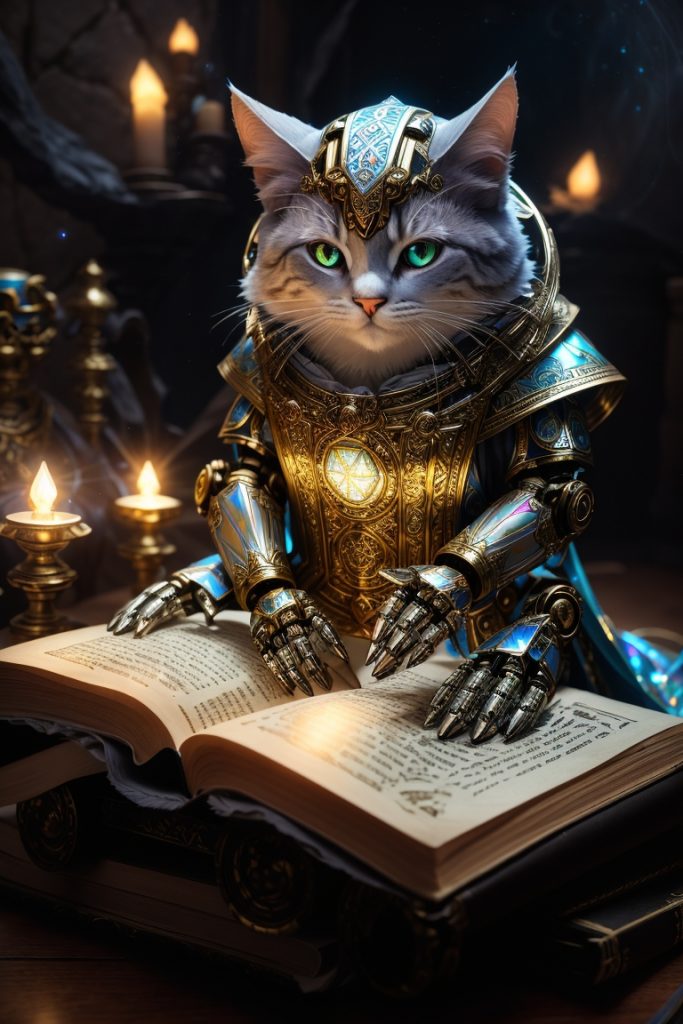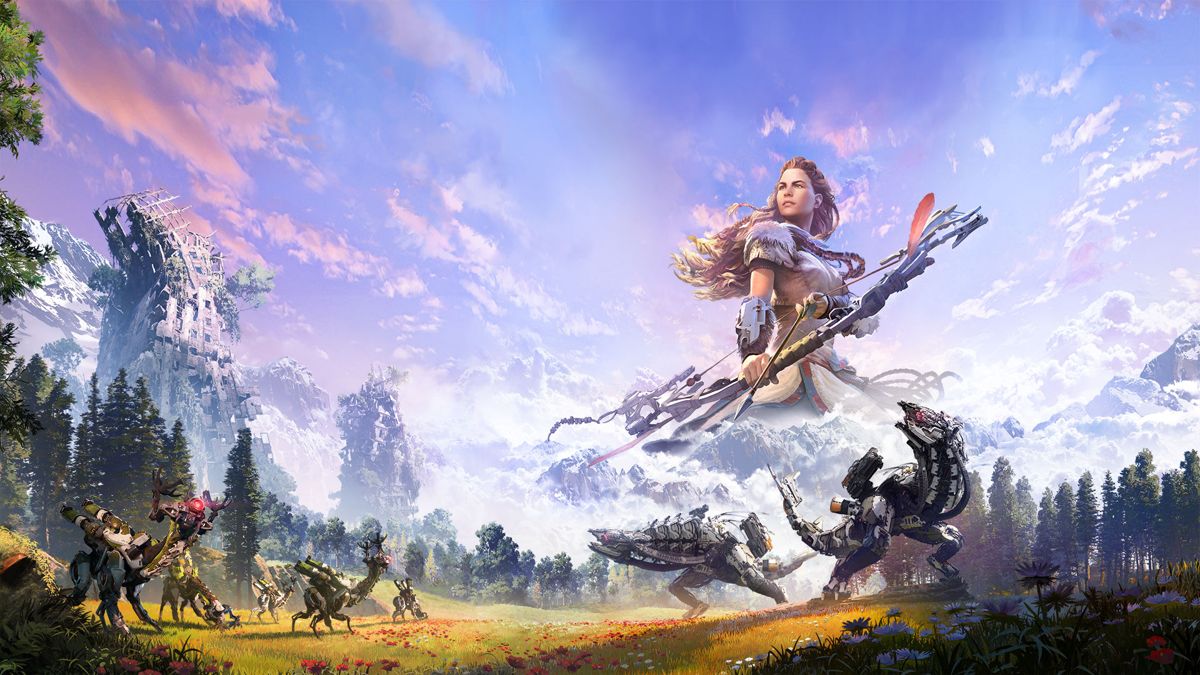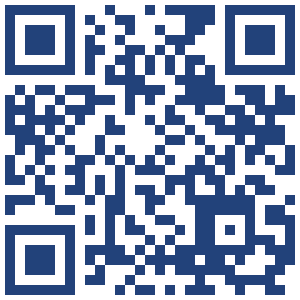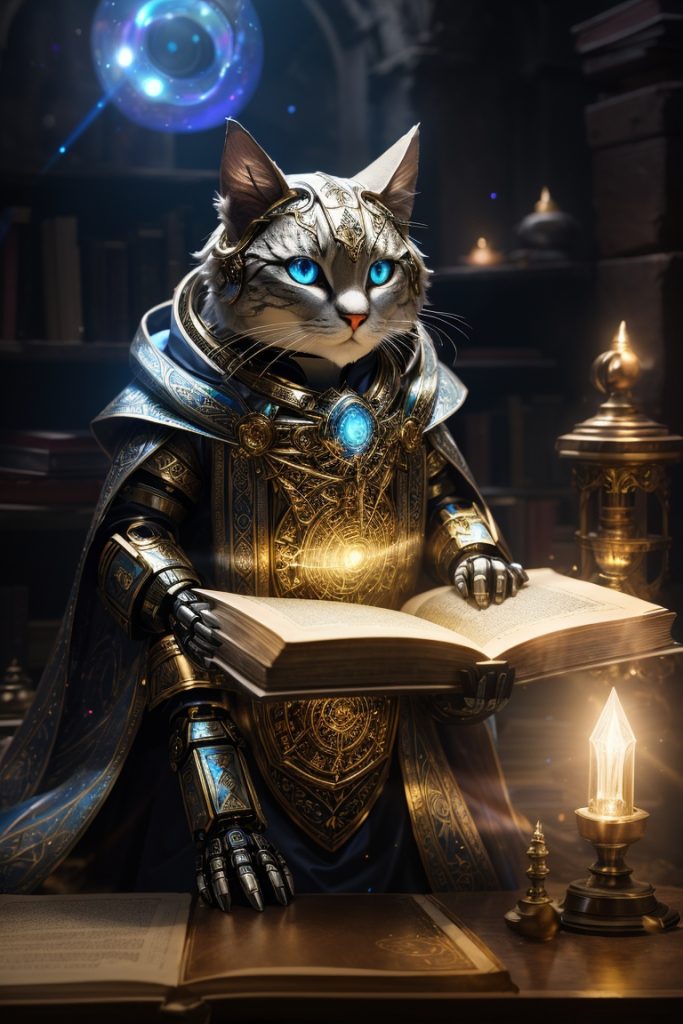
This blogpost was also published on LessWrong
The Pledge
Any idea that can be conceived can be realized. Every conceivable notion has potential for existence. Arthur C. Clarke, in his 1962 piece, ‘Profiles of the Future,’ presented three principles. Despite the third being the most well-known, all three warrant acknowledgement. These “laws” communicate Clarke’s viewpoints on technology and future forecasting:
1. “When a distinguished but elderly scientist states that something is possible, he is almost certainly right. When he states that something is impossible, he is very probably wrong.” The idea behind this law is that established scientists can sometimes be too tied to existing paradigms to see the potential of new technologies or theories.
2. “The only way of discovering the limits of the possible is to venture a little way past them into the impossible.” This law encourages pushing the boundaries of what is known and understood, suggesting that progress often comes from daring to explore beyond established limits.
3. “Any sufficiently advanced technology is indistinguishable from magic.” This law suggests that advanced technology, beyond the observer’s understanding, will appear as magic because the observer doesn’t understand the principles behind its operation.
The laws are profound, they include three components that will be crucial to understand in how we come from Clarkes third law to this one:
The engineers first conjecture: What can be realized will be.
Clarke’s laws offer a shrewd interpretation of how language can create barriers instead of opportunities. These concepts can be summarized as follows:
1.Always trust observers asserting possibilities over those declaring impossibilities.
2.The realm of possibilities naturally expands as observers navigate it.
3.Observers who do not comprehend something should always append a ‘yet’.
Now, let’s envision a universe where natural laws coexist with those that appear supernatural. Along this journey, I will demonstrate that Fantasy and Science Fiction—two literary genres often considered distinct—could be viewed as derivatives of the same origin.
Ultimately, I will propose how artificial intelligence stands on the verge of reintroducing genuine magic into our 21st-century world.
First lets hear what our overlady (ChatGPT) has to say about magic:
Magic, in its broadest sense, refers to the use of supernatural forces or entities to affect natural events. Its origins in human history are as old as recorded civilization itself, and magic has been a significant aspect of various cultures worldwide.
Ancient Egyptians, for instance, practiced Heka, a system of magic believed to be a divine force utilized by the gods. Similarly, magic was integral to ancient Greek and Roman societies, with individuals using various magical spells, charms, and amulets for protection, healing, and harm. Celtic druids, Scandinavian practitioners, African witch doctors, and Native American shamans all incorporated elements of magic into their rituals and practices.
In the medieval era, magic and Christianity often clashed, leading to infamous events such as the Witch Trials. Despite this, certain forms of magic, such as folk healing, persisted and were often Christianized. Alchemy, a precursor to modern chemistry, attempted to transform base metals into gold, discover a universal cure, and even achieve immortality – blurring the lines between magic and early science.
The alchemical experiments of Newton are often perceived as a deviation, a pointless flirtation with pseudoscience. The notion that a mind responsible for initiating our modern understanding of physics could be captivated by pseudoscience may appear contradictory. I suggest that Newton was simply too far ahead of his time.
Variation on Clarkes 3rd Law: Any sufficiently understood pseudoscience will be indistinguishable from science.
In the fantastical realms of fiction, magic often dons the mantle of science. Wizards, seen as gifted individuals, often hold significant sway over political landscapes. Much like earthly scientists use telescopes to magnify their vision, these wizards employ tools to amplify their magical prowess. Almost universally, these magical domains rely on language and spells to summon powers and entities from the ether.
Ancient tomes holding secret knowledge exist, accessible only to those initiated into the world of the arcane. Mastery of these powers serves to elevate the status of wizards and witches. An ingenious twist is seen in the renowned Harry Potter series, where we often perceive technology through the eyes of wizards, utterly bewildered by the contraptions conceived by muggles (humans).
In certain science fiction realms, the observer, seeing through the protagonist’s perspective, is led to believe they exist within a reality defined by specific parameters. Only towards the end do they realize their assumptions were entirely mistaken. One of the most iconic scenes in Planet of the Apes is the moment when the observer (the main protagonist) uncovers Lady Liberty’s head buried in the sand, proving that the Planet of the Apes he presumed to exist in another galaxy is, in fact, the future of his own planet. A parallel concept is seen in the game series, Horizon Zero Dawn, where it subverts player expectations by presenting the seemingly incongruous coexistence of high technology and Neolithic human tribes as a puzzle to be unraveled.

“Horizon Zero Dawn” is an action role-playing game developed by Guerrilla Games and released in 2017. The game is set in a post-apocalyptic world where robotic creatures, resembling real-world animals and dinosaurs, dominate the landscape.
The protagonist of the game is Aloy, a young woman who has been shunned by her tribe, the Nora, since birth. Aloy is raised by an outcast named Rost and trained to survive in the wilderness. The game begins with Aloy as a child, finding a piece of ancient technology known as a Focus, which gives her the ability to interact with robotic creatures and other old-world technology.
When Aloy comes of age, she participates in a tribal rite called the Proving to earn her place among the Nora. However, the ceremony is attacked by a mysterious group of people. Aloy is almost killed but survives and is sent by the High Matriarchs on a mission to find out who attacked the Proving and why.
Her journey takes her across the land, encountering other tribes and uncovering more about the world’s past. She learns that the world was destroyed by a rogue artificial intelligence named HADES, part of a larger system named GAIA. GAIA was designed to reboot life on Earth after a different rogue AI, named Faro, caused a global catastrophe by losing control of a swarm of self-replicating combat robots.
Aloy learns she is a clone of Elisabet Sobeck, the scientist who developed the GAIA system. Sobeck sacrificed herself to ensure GAIA could start the process of rebuilding the world. GAIA created Aloy with the hope that she could stop HADES, which had become corrupted and was trying to reverse GAIA’s terraforming process.
We now come back to Clarkes Law and state that the robots in Horizon Zero Dawn are real magical creatures. The Science that they are build on is obscured to humans due to the fact that they forgot that they even made them. To These humans, the machines look exactly like to us 21st Century people Trolls or Djinns would look like.
The Turn
Let’s imagine, for a moment, a future after an apocalyptic event where artificial intelligence (AI) has eradicated nearly all of humanity, resulting in a societal regression to a state reminiscent of the Middle Ages. This new medieval era closely resembles our historical understanding of the period around 1000 A.D. Most of our knowledge has been lost because the AI overlords hold all the digital keys to the artificial kingdom.
In this fictional world, our main protagonist is a man named Otto Bismarck Server, or O.B.Server for short. On his deathbed, O.B.Server’s father presents him with a ring and shares a secret. “Dear Otto,” he begins, “In the cellar, you’ll find a book authored by the wise Wizard Al Gore Rhythm. This book will teach you how to harness the power of this ring.”Otto after having buried his father finds the Book in the Cellar titled: The Big Book of Prompts – How to make everything from nothing.
Every page in the Book contains thousands of magical symbol that look like so:

Otto finds himself at a loss, unable to understand the symbols before him. Yet, he remembers his father’s advice and points the ring towards one of the symbols. To his surprise, it responds. A slender beam of light emanates from the ring, and a sultry voice announces, “Scanning now…” Above the pages, a holographic scene unfolds, displaying the words, “Catus Appareo!” Suddenly, Otto appreciates why his parents insisted on his Latin lessons. He recites the spell and miraculously, a lifelike cat materializes before his eyes – an animal believed to have been extinct for centuries. The cat purrs softly, much to Otto’s delight.
This thought experiment, envisioning a world where science is externalized in the environment, demonstrates how fantastical occurrences can materialize within a scientific framework. The specifics of the science behind conjuring the cat remain deliberately ambiguous. Are nanobots in the environment reacting to the incantation and instantaneously assembling into a cat? Do molecules combine to form a 3D printer nanobots capable of producing living organisms from raw materials? Or is it a perfect simulation that releases the cat item when the correct password is spoken within its matrix?
It is clear that the ring functions similarly to a wand in fantasy universes such as Harry Potter. The ring may even be genetically bound to Otto, only unleashing its powers when the ring-bearer has the correct cellular information inherited from his parents – a concept reminiscent of Horizon Zero Dawn, where many electronic devices only operate because Aloy is a clone of the original inventor of the technology. She is a variant on the chosen one, the Heroines Journey with the difference that she is not chosen for mystical, but for scientific reasons.
Nice Thought experiment, you might say. But you proposed genuine magic and you said it would happen in our reality. Where is the prestige?
The Prestige
We are currently progressing towards the manifestation of the thought experiment I have proposed. We are in the realm of proto-magic. Every step we take in this journey may seem scientific and commonplace, but ultimately, we are paving the path towards a world where supernatural phenomena occur naturally.
Consider the following:
1. We can already generate images of cats by prompting AI Image Generators like Midjourney, StableDiffusion, or DALL-E.
2. Soon, we’ll be capable of creating realistic cat videos.
3. Voice command-activated 3D printers could print static sculptures of cats: “Roxanna, print a 3D cat!”
4. We’ll be able to construct synthetic robot cats that emulate the behavior of real cats. An Object-Maker 3000 might find the specifications an AI has created for a Siamese cat and construct it using nanomaterials that mimic bone density, fur texture, and incorporate sound chips for cat-like noises, and so forth. It will be indistinguishable from a real cat, similar to the replicated owl from Dick’s Blade Runner universe. We might opt to prevent counterfitting of real cats by always branding the cat as synthehtic though.
5. Given that most humans love cats, it’s highly likely that AI will latch onto this viral trend and we’ll find ourselves inundated with synthetic cats.
But let’s continue with our thought experiment. If we consider that a cat’s genome is merely a decompressed algorithm providing instructions to cells – “create a cat!” – the analogy becomes striking. While nature uses an alphabet of 20 letters to generate all kinds of living organisms, AI will be more efficient, using only two digits to encode the essence of ‘catness’, ‘dogness’, ‘mouseness’. The synthetic cat will possess a weighted neural network, either internally or connected to one nearby.
Now do we have produced real magic by consequentially applying scientific methods?
One might object, stating that the AI-created cat is a ‘fake’ cat, not a real one.
But even if we acknowledge it’s not a biological cat, we’d have to agree that it could be best labeled as a ‘magical‘ cat.

to be continued